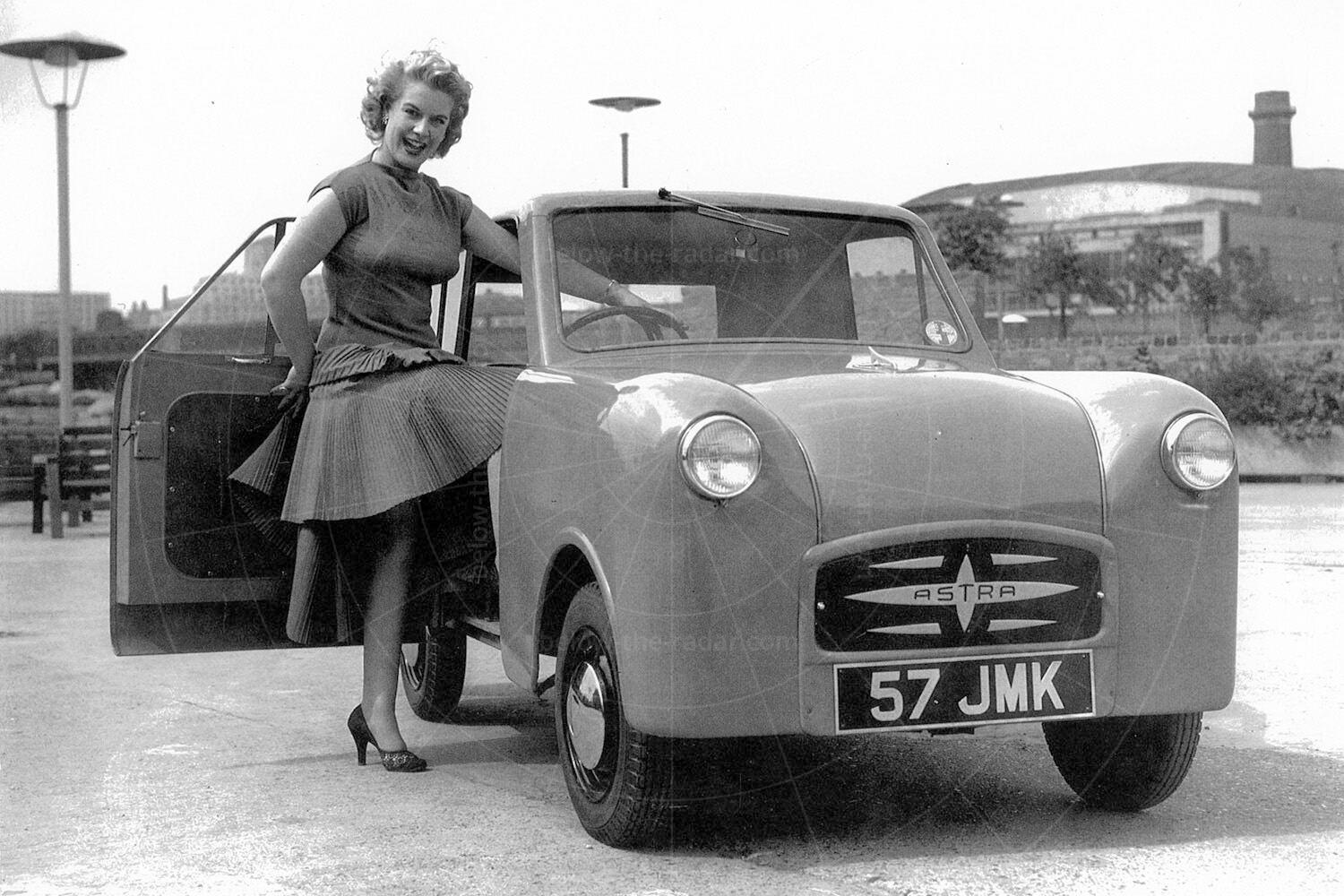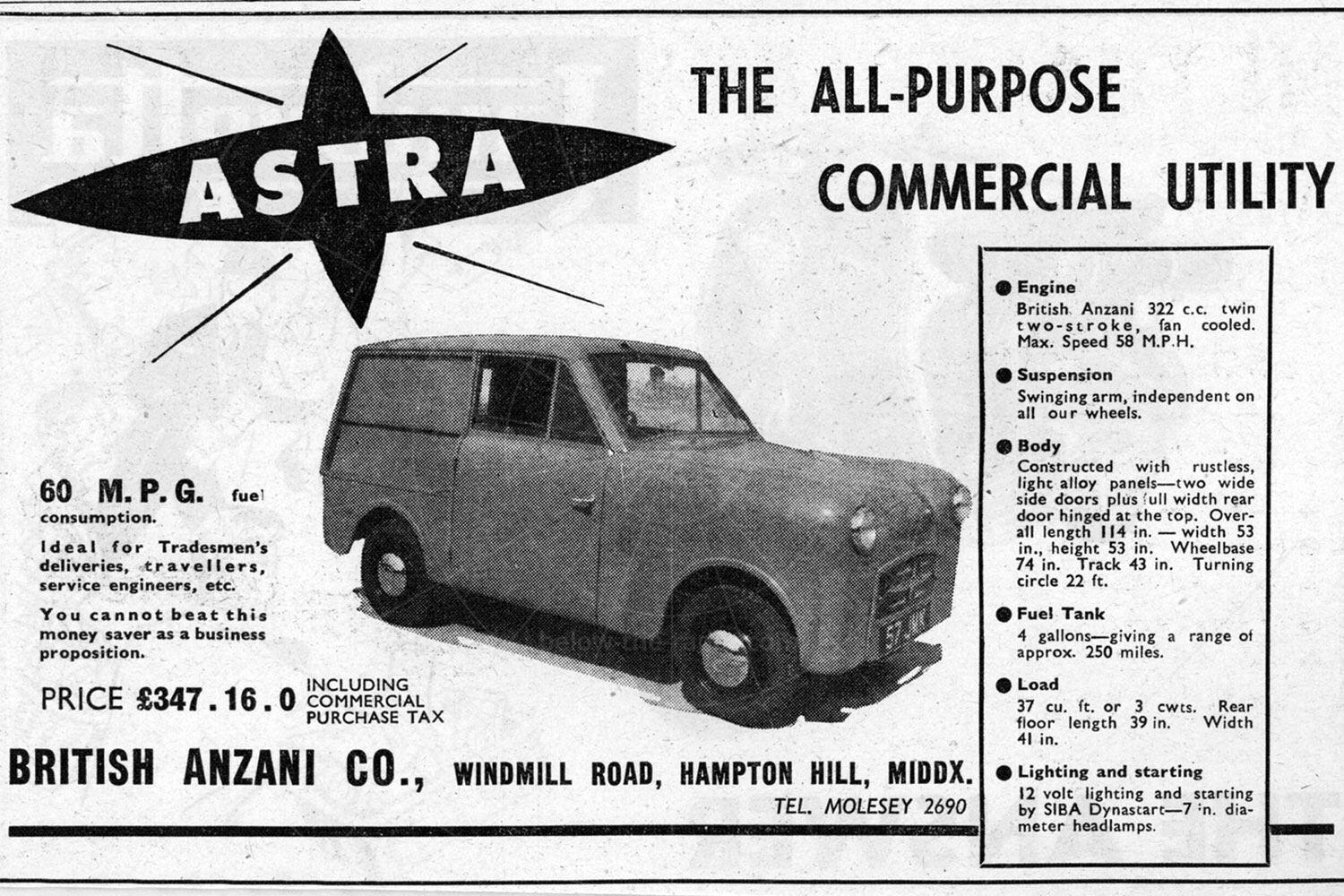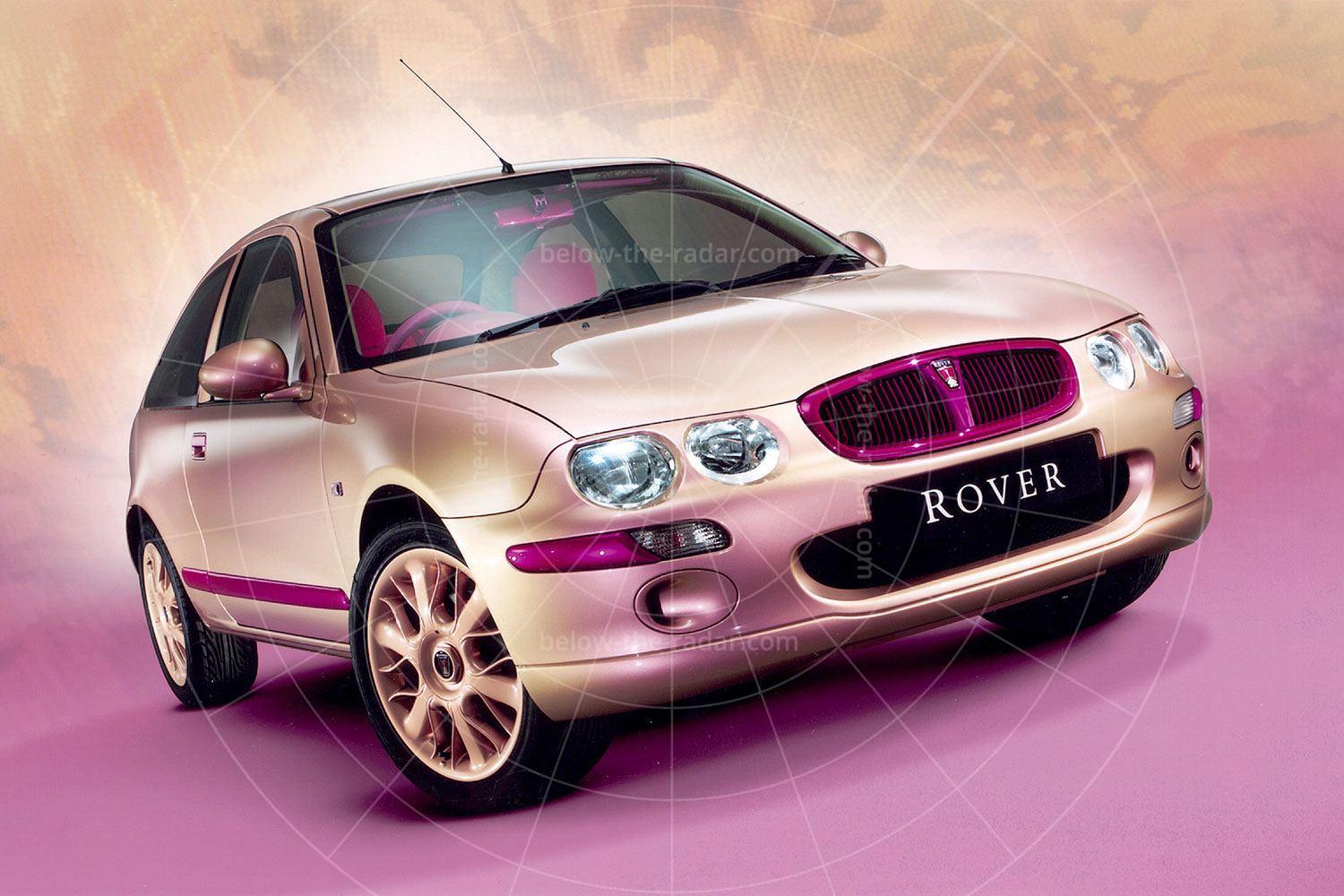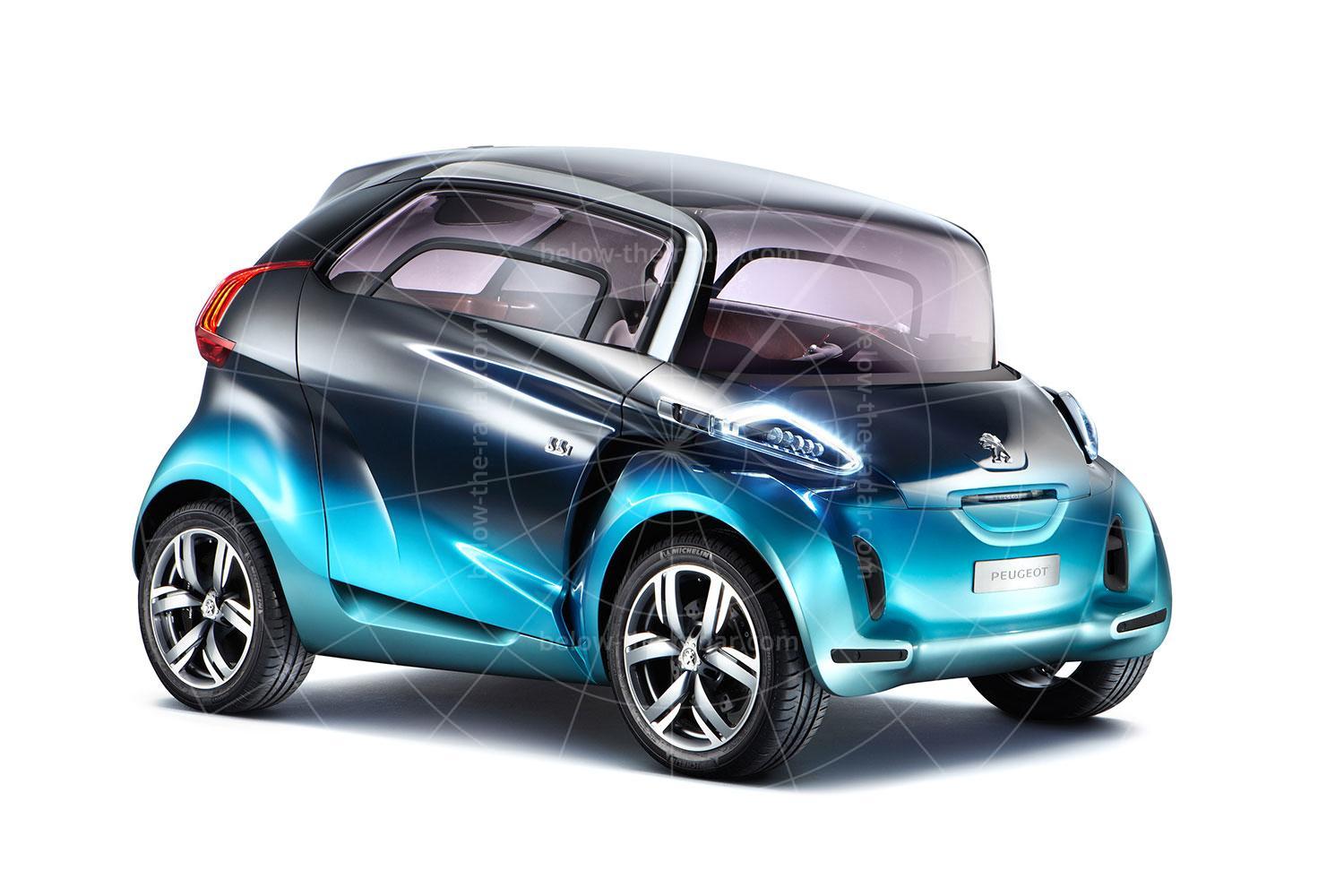Very little is known about the background to the JARC Little Horse as you can read in the separate article about it. What is known is that very few (if any, prototype aside) of these diminutive vans were made before the project was taken over by British Anzani which relaunched the Little Horse as the Astra Utility in 1956.
British Anzani started out in 1912 as the British division of the Italian-French engine manufacturer Anzani, which had set up shop in Paris in 1907 (and which would provide the engine that took Louis Bleriot across the English Channel in 1909). The company's staple product during the First World War was aero engines, with car and motorcycle engines following after hostilities had ended. From 1927 the focus was on development work for other companies, but in the mid-1950s British Anzani decided to enter the booming economy car market.
The company's goal was made a lot easier by purchasing the rights to a car that had already been developed to the point of being market-ready – not that you could call the JARC Little Horse especially sophisticated…
Launched in July 1956, the British Anzani Astra Utility was billed as the UK's smallest and cheapest four-wheeled car, with its asking price of just £347 including purchase tax. Bumpers were an extra-cost option and there was just a single windscreen wiper; this was no Facel Vega alternative. However, at least a passenger seat was now provided as standard; something that was not the case where the JARC Little Hose was concerned.
The Astra Utility was based on a steel chassis and a timber frame over which aluminium panels were draped. Just 9.5 feet long and less than 4.5 feet wide, the Astra was powered by a 15bhp 322cc two-cylinder two-stroke engine which provided a claimed 55mph top speed along with fuel consumption of around 60mpg. That powerplant was positioned just ahead of the rear axle which was driven via a three-speed gearbox.
It's not known how many Astra Utilitys were made but the numbers are assumed to be very small even though the car was officially available from summer 1956 right up to 1959 in turn-key form. It's thought that the Astra Utility was available in kit form into 1960, for a mere £190, or as simply a rolling chassis for £155, presumably for the buyer to then make and fit their own special body.
Just two examples of the Astra Utility are known to have survived, one in the UK and one in the US. That's not quite the end of the story though, as British Anzani also collaborated with independent company Gill Coachbuilders, which offered two of its own versions of the Astra Utility, both with a three-box silhouette and called the Gill Getabout.
| Vital statistics | |
|---|---|
| Produced | 1956-1969, England |
| Number built | Unknown; probably single figures |
| Engine | Mid-mounted, 322cc, 2-cylinder |
| Transmission | 3-speed manual, rear-wheel drive |
| Power | 15bhp |
| Top speed | 55mph |
| Price | £347 16s |















One Comment